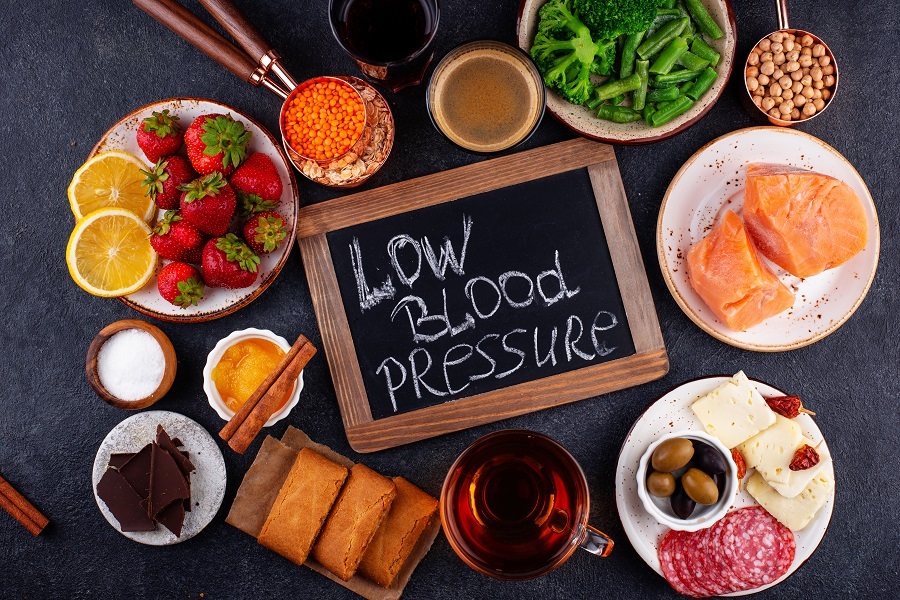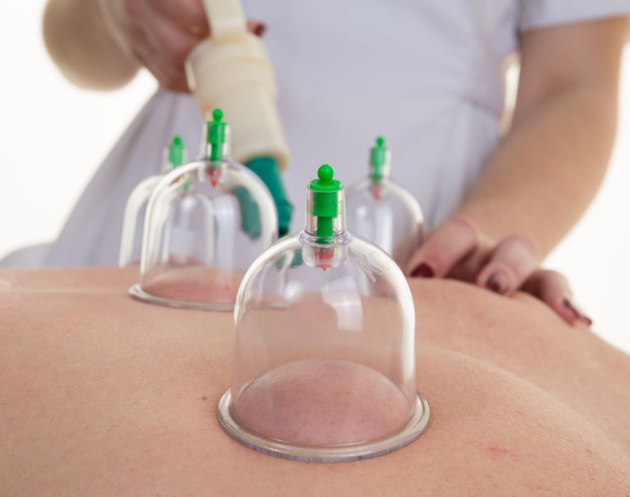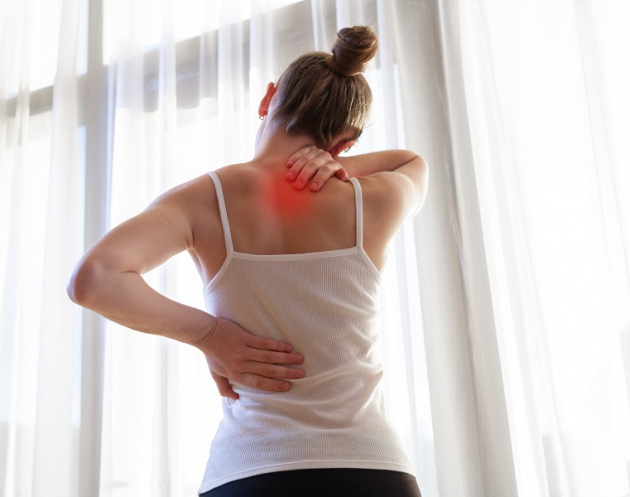In case of low blood pressure, what to eat and what to avoid is important. In fact, hypotension can also be combated with the help of a correct diet, before resorting to drugs. The diet can help control those with sudden dips and those with a chronic or congenital condition.
Loss of appetite, irritability, weakness, asthenia, dizziness, all minor symptoms linked to a situation of congenital low blood pressure that does not cause particular consequences. On the other hand, if the pressure drops suddenly it can cause problems that are difficult to bear.
Potassium for low blood pressure sufferers
Potassium is important for its draining and detoxifying action, but above all for regulating pressure and heartbeat. Symptoms of potassium deficiency are:
- weakness
- poor reflexes
- asthenia
It is eliminated mainly through the urine and for this reason it must be continuously replenished: excellent rice, green leafy vegetables, pineapple and bananas .
Magnesium for those suffering from low blood pressure
Magnesium helps to transform sugars into energy and therefore to counteract the typical fatigue of the hottest days and the possible lowering of blood pressure.
The deficiency symptoms are:
- difficulty falling asleep
- tiredness
- irritability
We find it above all in dried fruit, whole grains, legumes and cereals.
In case, if the diet is insufficient to restore normal values, it is advisable to also take food supplements.
Low blood pressure: what to eat
Against hypotension, a varied and balanced diet in proteins, fats and carbohydrates is important.
In particular, whole grains are useful for their content of vitamins B and C and minerals such as iron , potassium and magnesium.
And then, green light for seasonal fruit and vegetables such as potatoes, green beans, tomatoes, courgettis, peppers and green salads, bananas, peaches, apricots, berries, and dried fruit such as walnuts , almonds , peanuts, raisins.
But let’s see in detail what to introduce into our diet in case of low blood pressure:
- bananas for the high potassium content
- beetroot has a nourishing and energetic action because it contains sugars, vitamins and mineral salts
- potatoes for the high potassium content
- green leafy vegetables for their high magnesium content
- oilseeds for magnesium such as almonds and pistachios
- sugary fruits such as dates and raisins
- pomegranate which contains vitamins A, B, C and flavonoids . It keeps cholesterol levels under controlfor the benefit of the cardiovascular system
- algae because they contain proteins, minerals and vitamins
- green tea rich in antioxidants and pressure regulators thanks to the presence of a substance contained in it that helps to balance blood sugar levels
- karkadè , infusion of hibiscus flowers, native to the hottest African and tropical regions, excellent remedy to get up. Free of caffeine but rich in antioxidants
- dark chocolate , because it contains epicatechin , a flavonoid that helps keep artery walls flexible, avoiding blockages
- royal jelly , strengthens the tone of the heart muscle and dilates the coronary vessels by rebalancing blood pressure
One of the most important aspects of a diet for the treatment of low blood pressure is the quantity of the servings that are consumed.
Almost everyone is used to having three meals a day, while it would be better to divide them into 5-6 small light meals. By doing this, a constant supply of energy is maintained in the body, which is essential to avoid lowering of the oxygen level in the cells, and therefore symptoms such as fainting, lethargy and difficulty concentrating.
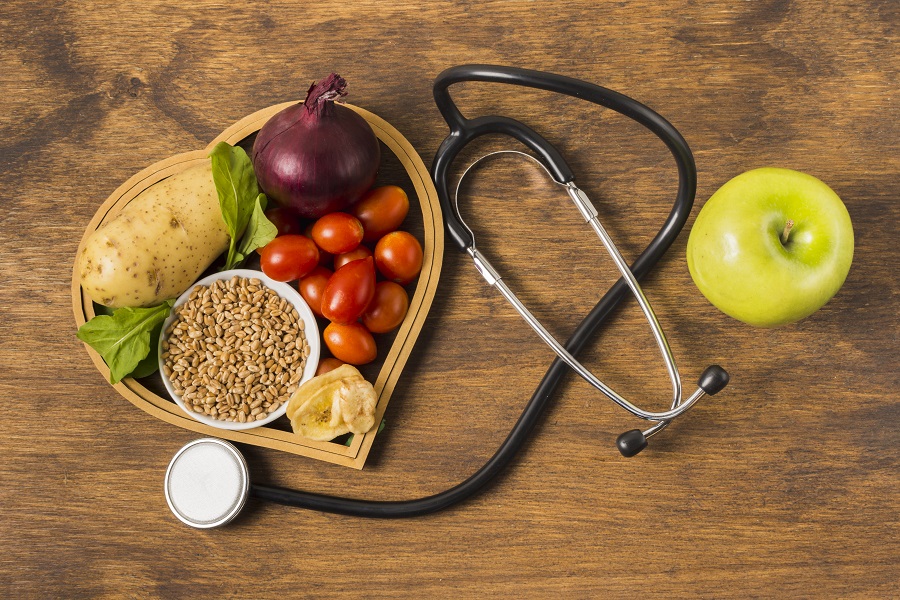
What to eat right away
If you find yourself in the throes of a sudden drop in blood pressure, with values below 100/60 for women and 110/70 for men, there are some foods that can help you get it back right away.
1: Drink plenty of water with the addition of 1 teaspoon of salt if you are in a sharp drop. The salt helps to hold water in the arteries and thus helps to increase the pressure. Liquids increase blood volume and some sodium-rich waters can have a double beneficial effect.
2: Do not consume alcohol, which dilates blood vessels and causes a more marked drop in blood pressure. They can also have a diuretic effect and aggravate dehydration and therefore hypotension.
3: Drink some coffee or green tea , which helps stimulate circulation immediately, even if it leads to dehydration in the long run. Low doses of caffeine and theine can help cope with the effects of low blood pressure. They are stimulants that increase heart rate and thus reactivate blood circulation and restore pressure balance.
4: Eat bitter chocolate, which has positive effects in small quantities. Too much can be counterproductive to cardiovascular health.
5: Suck on some pure licorice candy , as this plant has tonic properties.
What to eat for breakfast
You should start in the morning, before breakfast, with a nice glass of water and then continue to drink up to 1 liter throughout the day.
In the morning, prefer a light breakfast, but rich in carbohydrates and minerals:
- Drinks . You can drink coffee and tea but licorice tea is also recommended. You can alternate them with fresh orange juice.
- Carbohydrate . You can eat sweetened porridge or muesli , or have a savory breakfast of barley or wheat cooked with slices of tomato and olives, or eat a slice of bread spread with peanut butter and a slice of grilled turkey, or even wholemeal bread with olive paté.
- Fruit . Finish with a fresh fruit of the season, such as apples or bananas.
What to drink in Low blood pressure
There are drinks that help restore the right mineral salt levels and help with low blood pressure.
1: Waterfall. It is very important to maintain the right level of hydration, but also to soothe the symptoms of asthenia, headaches and excessive sweating. Better to prefer one rich in mineral salts. Overall, we should make sure at least 2.5 liters of water per day (including the liquids contained in the food we eat).
2: Saline supplements based on potassium and magnesium.
3: Centrifuges and smoothies . For a greater supply of mineral salts, it is better to prefer raw vegetables to drink as centrifuged and smoothies. You can opt for fresh juices based on apple, celery, lemon, carrots and oranges, according to personal tastes.
4: Freshly squeezed and fruit juices . Green light also to orange juice and fruit juices to which you can add mint or ginger or other spices .
5: Herbal teas and infusions . Herbal detox teas can also increase blood pressure.
6: Beetroot juice. It has an immediate impact on blood pressure. It is good for health and skin, and can also be eaten in salads or as a condiment. Peel and cut the beetroot into pieces and extract the juice with a juicer, add a little water, salt and pepper.
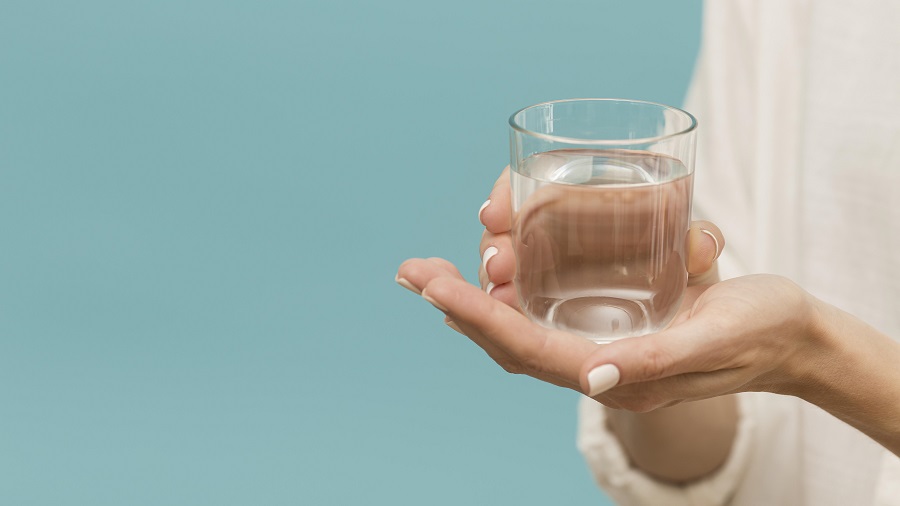
Herbal teas for low blood pressure
Herbal teas are particularly beneficial because they exploit the hypertensive properties and the tonic action of some aromatic and medicinal herbs.
Licorice is the first choice for herbal teas to increase blood pressure. It is important not to take large amounts if you already have high blood pressure. It can contribute to heart problems (30 grams per day can be harmful).
Consult your doctor before taking this remedy. It has immediate effects on blood pressure.
In fact, its properties act on the blood flow, and allow it to quickly bring it back to its usual rhythm.
Other infusion options for those with low blood pressure are:
- sage and rosemary
- rhodiola and ginseng
- tormentilla, very effective, both in the form of decoction and dry extract.
- licorice and lime have hypertensive properties useful for increasing blood pressure
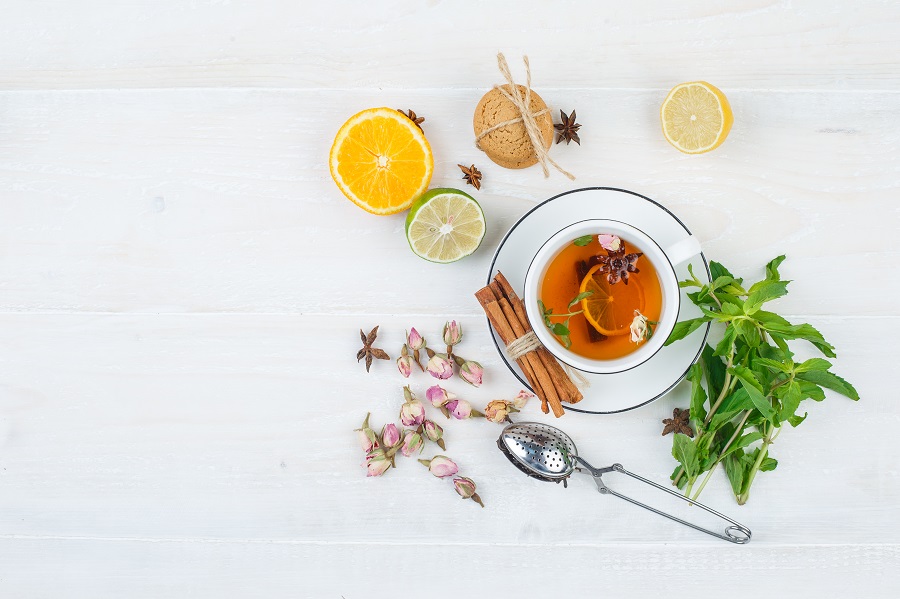
Licorice tea for low blood pressure
- 1 cup of water
- 1 tablespoon of dried licorice herbal tea cut
Preparation. Boil the water and add the dried licorice root (10 g). Wait 10 minutes and drink after filtering and warming. To be consumed once a day.
Low blood pressure in pregnancy: what to eat
In pregnancy, there can be significant pressure fluctuations. It generally remains stable in the first quarter and declines in the second, returning to normal in the third. These variations are due to the body’s natural adaptation mechanisms to pregnancy.
Even though the drop in blood pressure during pregnancy is normal, you can still follow a suitable diet to contain it. In general, the same advice applies to those suffering from low blood pressure with some extra precautions from those who are pregnant.
- Divide the meals into many small snacks (for example, 6 small ones spread throughout the day, rather than 3 main ones).
- Drink enough water (1.5 to 2 l per day) even through cooked and raw fruit and vegetables, as long as they are washed with amuchin or bicarbonate to avoid toxoplasmosis.
- Follow a healthy diet to get all the nutrients you need to stay healthy, focus on variety, go for whole grains, fruits, vegetables, white meats and fish.
- Don’t drink alcohol
- Make sure you have an adequate supply of salt , because the typical edemas of pregnancy are due to the specific hormonal context, which leads to vasodilation. The blood vessels are less ‘contracted’ and allow water to pass through, which infiltrates the tissues, so a salt-free diet is useless.
What not to eat
If you suffer from low blood pressure it is good to avoid eating and drinking very hot foods and in general the opposite of the one suggested above is not recommended:
- do not drink tea and other very hot drinks because heat dilates blood vessels and increases sweating, which can lead to a slight drop in blood pressure.
- do not drink alcohol
- do not eat too large meals which can cause postprandial hypotension.
- limit foods that are too high in sugar ,
- limit foods rich in carbohydrates such as potatoes, rice, pasta and bread, which


